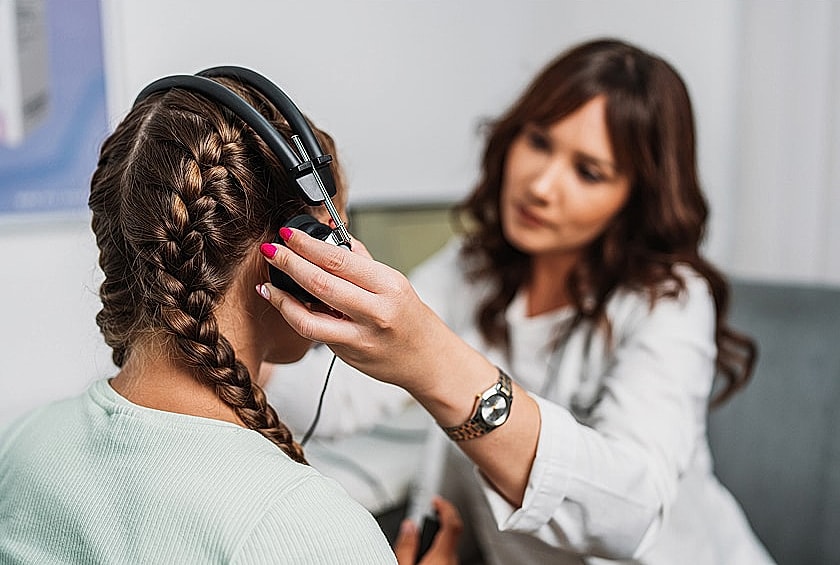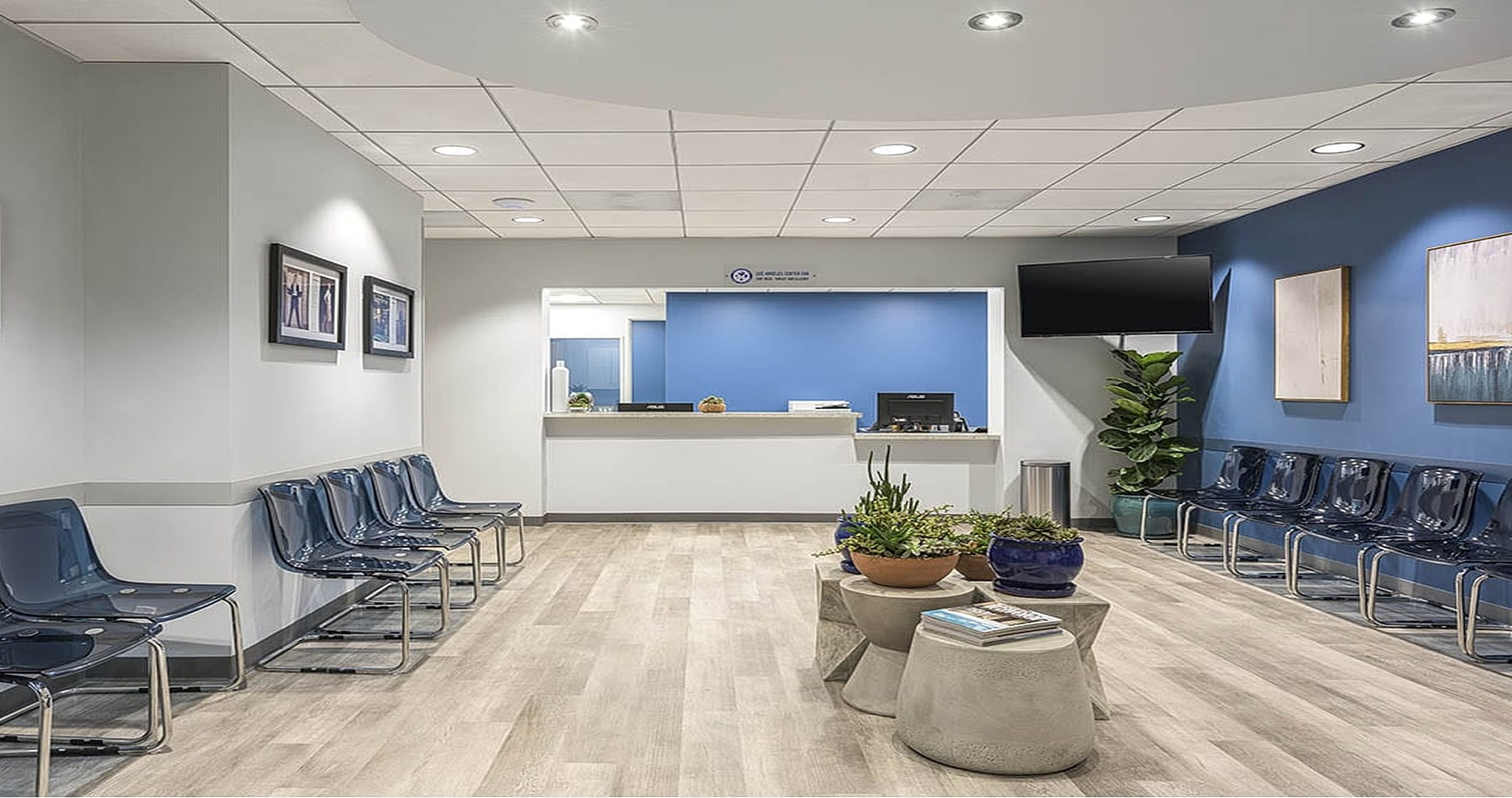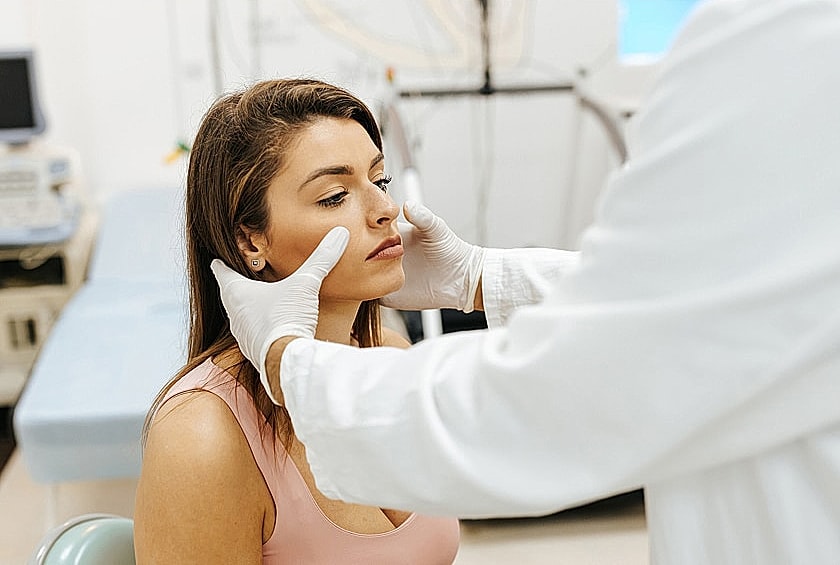Video laryngoscopy is a minimally invasive imaging procedure used to evaluate the larynx, vocal cords, and airway for concerns like nodules, polyps, and breathing issues.

















Your voice, throat, and airway play a vital role in your ability to speak, swallow, and breathe with ease. When you experience symptoms such as persistent hoarseness, throat discomfort, vocal fatigue, or trouble swallowing, video laryngoscopy offers a safe and effective way to visualize the larynx (voice box) and identify the cause.
At the Southern California Center for Ear, Nose, Throat, and Allergy (SoCal ENT), we utilize advanced video laryngoscopy technology to capture high-definition images of the vocal cords and throat structures. This allows our board-certified ENT specialists to deliver accurate evaluations, pinpoint diagnoses, and personalized treatment strategies focused on restoring your vocal and throat health.
If you’re dealing with ongoing voice or throat concerns, we invite you to schedule an evaluation to see if video laryngoscopy is the right diagnostic approach for you.





Video laryngoscopy is a modern diagnostic technique that utilizes a slim, flexible scope equipped with a high-definition camera to closely examine the voice box (larynx), vocal cords, and surrounding throat anatomy. Unlike older methods that rely on mirrors or direct line-of-sight, this advanced approach provides magnified, real-time video footage, allowing for more accurate assessment and documentation.
It’s frequently used to identify the cause of hoarseness, chronic throat discomfort, trouble swallowing, or breathing difficulties. Video laryngoscopy also plays an important role in monitoring post-surgical recovery or assessing progress during voice rehabilitation.
Types of Video Laryngoscopy
You may be instructed to refrain from eating or drinking for a short time prior to the procedure. If needed, you’ll also be asked to remove any jewelry that might obstruct the imaging process. In most cases, local anesthesia is used to numb the area, though general anesthesia may be recommended depending on your specific situation. During the procedure, your ENT specialist will carefully guide a flexible or rigid laryngoscope through your nose or mouth. A high-definition camera at the tip transmits live video to a monitor, allowing for a detailed evaluation of your throat and vocal cords.
The procedure is typically well-tolerated with little to no discomfort. Most patients can return to their usual routine right away. Some may notice mild throat soreness, which generally fades within a few hours. Your provider will review the results with you and explain any recommended follow-up or treatment.
Video laryngoscopy is an essential tool for diagnosing and managing a wide range of voice, throat, and airway concerns, including:
By clearly visualizing the source of your symptoms, video laryngoscopy enables precise diagnosis and helps guide the most effective course of treatment.

Video laryngoscopy is a highly effective diagnostic technique that offers a clear, real-time view of the vocal cords, throat, and airway. This minimally invasive procedure uses a high-definition camera to produce magnified images, giving our ENT specialists the ability to pinpoint issues such as hoarseness, vocal cord lesions, polyps, infections, and airway blockages with exceptional accuracy.
Because the visuals are immediate and detailed, video laryngoscopy allows for quicker diagnosis and prompt, targeted treatment. This advanced imaging method plays a key role in delivering customized care plans that help patients regain healthy vocal function and throat comfort more efficiently.

After your video laryngoscopy, your ENT specialist will review the captured footage and images to evaluate the condition of your vocal cords and throat. Based on the results, your treatment plan may include:
Thanks to its detailed imaging and immediate insights, video laryngoscopy helps ensure accurate diagnosis and targeted treatment for long-term throat and vocal health.

The procedure does not typically cause any pain. A local anesthetic may be used to ensure comfort.
The procedure is quick, usually taking half an hour or less.
If a numbing agent is used during your procedure, your provider may recommend waiting 30-60 minutes before eating or drinking.
No, you will be able to return to your normal routine right away.
Video laryngoscopy provides real-time imaging. Your ENT specialist will review their findings immediately after the procedure.
Most insurance plans cover diagnostic video laryngoscopy. Our office team will assist in verifying your benefits.